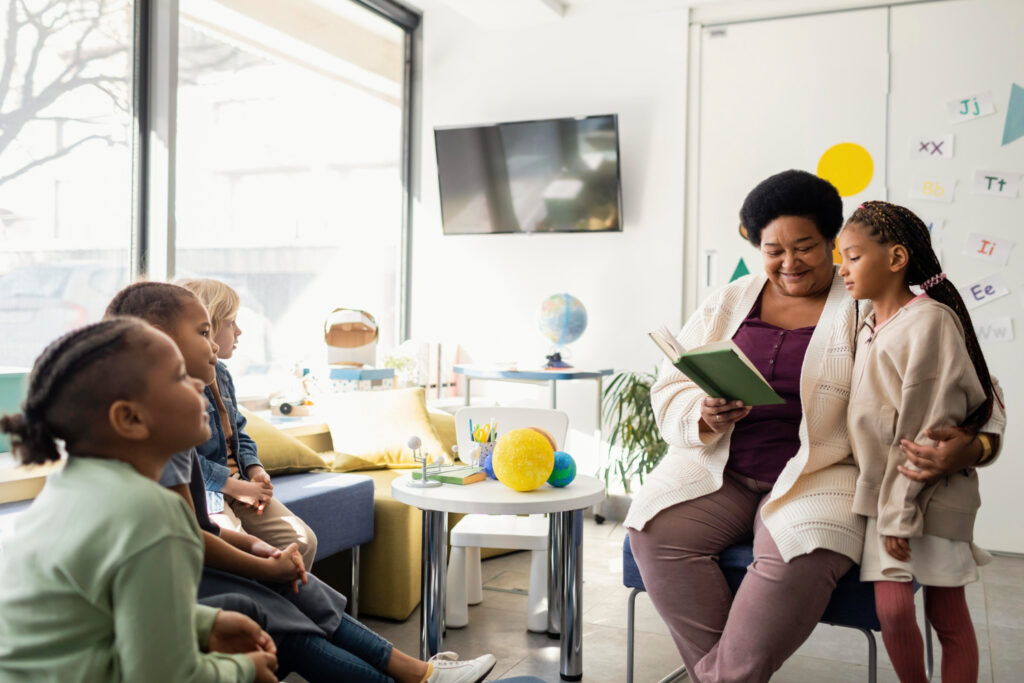 In the dynamic world of education, one of the most crucial challenges teachers face is capturing and maintaining the attention of their students. The key to a successful learning experience lies not just in the content delivered, but in how it is presented and perceived by young minds. This article delves into four innovative strategies that can transform the traditional classroom into a hub of active listening and enthusiastic participation.
In the dynamic world of education, one of the most crucial challenges teachers face is capturing and maintaining the attention of their students. The key to a successful learning experience lies not just in the content delivered, but in how it is presented and perceived by young minds. This article delves into four innovative strategies that can transform the traditional classroom into a hub of active listening and enthusiastic participation.
From leveraging cutting-edge technologies like the LÜ Interactive playground to personalizing educational experiences, these methods are designed to resonate with the diverse learning styles of children. By embracing these approaches, educators can create a stimulating environment that not only engages students but also fosters a deep-seated love for learning and discovery.
Engaging Young Minds Right from the Start
Encouraging children to listen in class is a fundamental aspect of effective teaching. Innovative tools like the LÜ Interactive playground offer an engaging way to captivate young learners’ attention, setting the stage for more focused classroom interactions. This blend of technology and physical activity prepares students for a more attentive learning experience, establishing a foundation for academic success.
By stimulating their senses and curiosity, these tools make the learning process more exciting and memorable.
Creating an Interactive Learning Environment
Interactive learning environments are key in keeping children engaged and attentive. Methods that involve students in the learning process, such as group discussions, interactive games, and hands-on activities, make lessons more relatable and interesting. This approach transforms passive listeners into active participants, enhancing their listening skills.
It encourages a more collaborative and inclusive classroom atmosphere where every student feels valued and motivated to contribute.
Utilizing Technology to Foster Engagement
Incorporating technology like the LÜ Interactive playground can revolutionize how children engage with educational content. This technology blends physical activity with interactive learning, making it an excellent tool for maintaining students’ focus and interest. By integrating learning with play, children become more receptive to new information.
This fusion of play and education not only keeps them engaged but also aids in developing critical thinking and problem-solving skills.
Personalizing the Learning Experience
Tailoring lessons to meet the interests and learning styles of each child can significantly improve their attentiveness. Personalized learning recognizes the unique abilities and interests of each student, making lessons more relevant and engaging. This approach encourages children to listen and participate more actively in class.
It allows teachers to address individual challenges and strengths, fostering a deeper understanding and a more personalized educational journey for each student.
Encouraging Positive Classroom Behavior
Positive reinforcement can greatly influence a child’s willingness to listen and participate in class. Recognizing and rewarding good listening behaviors, such as paying attention, asking relevant questions, and actively participating in discussions, can motivate students to continue these behaviors. This positive feedback loop creates a conducive learning environment.
It builds a culture of respect and appreciation, encouraging students to engage more meaningfully in their educational experience.
Fostering a Culture of Attentive Learning
In conclusion, encouraging children to listen in class is about creating an environment that resonates with their natural curiosity and learning preferences. By incorporating interactive tools like the LÜ Interactive playground, personalizing learning experiences, and using positive reinforcement, educators can cultivate a classroom culture where attentive listening and active participation are the norm. This approach not only enhances learning but also fosters a lifelong love for education.